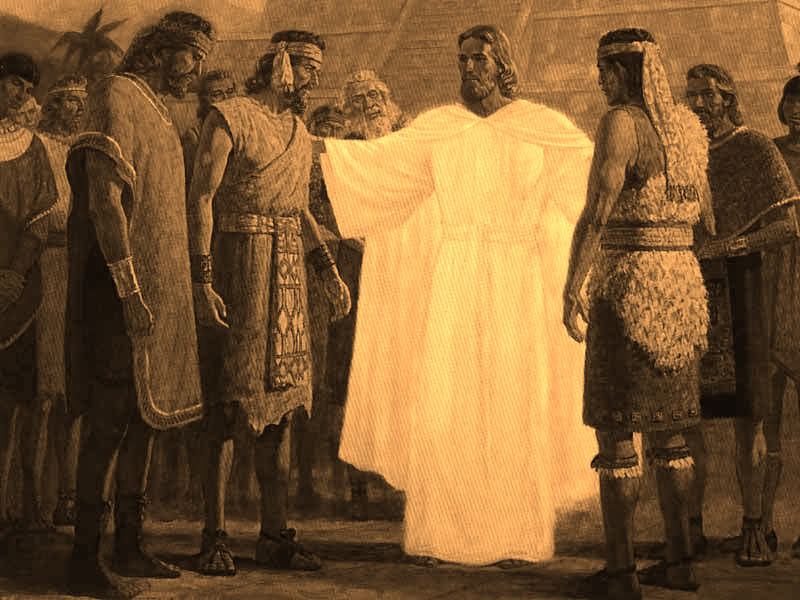Question
Gramps,
Almost all the pictures and illustrations I see show Jesus as white, usually blond with blue eyes. It is surely established that He was of Middle Eastern colouring and culture. So why is He not portrayed as such?
Liz
Answer
Liz,
There are several reasons why artists would depict the Savior with an appearance that is different from what you’d expect an individual of Jewish ancestry today to look like. The first and most practical reason is that we have no idea what He looked like. The information on the physical appearance of ancient Jews is quite lacking.
There are mentions of Ancient Jews being “black”. But the word for “black” is used synonymously in the Talmud for hair and youth. So, it is difficult to discern if that literally meant that they were of “black” skin. It may have been a similar descriptor which gave the “Black Irish” their appelation. Ancient Jews were also described as having more of an olive complexion, or possibly tan. But this could easily be due to environmental factors as much as natural pigmentation. So, which was His “true” skin color? The one He exhibited due to much exposure to the sun? Or the one he was born with and would have exhibited had he had a desk job? And what makes either choice a requirement for an artistic depiction?
Eye color of ancient Jews is completely unknown. Not only is there no mention of eye color in either the Bible or the Talmud, but no translation of “blue” even exists in the Talmudic or Biblical Hebrew.
Today’s Jews have almost equal numbers of blue-eyed as brown-eyed individuals. And today’s Jews have around 15% to 20% light hair (not black or dark brown). They range from medium brown to blonde. They also have a small showing of redheads among their number, but greater than the population at large.
His hair could have been black, dark brown, chestnut, redhead, or even blonde. King David was known as having “ruddy” hair which most scholars consider redhead today. Mary and Joseph came from that line. But our Savior’s Father had his own origins, which brings us to another point.
Was His appearance really genetic? If so, was it due to Jewish genetics of the day? And how much did genetics even play in the physical appearance of the Savior? I doubt anyone alive knows the answer to that question.
So, how do you know that He looked like the image you have in your head? You don’t. Neither do I. So, since an artist has no data to go on, he simply does his best. What does an artist do with that? Well, let’s ask an artist.
You may be familiar with the work of Del Parson. He was the artist who painted the standard picture we see in the Church today. 
When Brother Parson was asked about the depiction, he gave the following statement.
“When I’m painting the Savior I am going for emotion more than anything else. When they [the viewers] see the painting, they see the Savior. I did the best I could [to create the painting] with what I had. I got some material and wrapped it around a model and painted it. The last thing I was worried about was whether the robe was at the right level at the neck. The whole thing I was worried about was “Can they feel the Savior?” Feb 7, 2014 Interview with Anthony Sweat, Assistant Professor of Church History and Doctrine (BYU)
And the fact is people do. A common occurrence (which I’ve heard from more than a few people) is that some people will get the same question into their heads as you did. They look at the painting, and without any prompting whatsoever, they ask why the painting depicted a “white” Jesus.
The appropriate question to ask is “Did you recognize who the painting was supposed to be?”
The all too common answer is “Yes.”
Then the artist did his job.
The bottom line is that at the end of the day, it is just a painting. We don’t worship it. And we don’t claim historical accuracy about it. It’s just an artist’s way of trying to bring the thoughts of Christ to the viewer. And it appears to do just that.
Gramps







